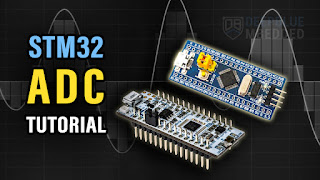How to choose solid-state relays when controlling a 230VAC heater using an STM32?
If you're controlling a 230VAC heater using an STM32 microcontroller, you’ll need a solid-state relay (SSR) that can safely switch high AC voltage and be triggered by the STM32’s logic-level output (usually 3.3V or 5V). Here's a tailored SSR selection guide for your application:
Recommended SSR Specifications for Your Case
| Parameter | Requirement |
|---|---|
| Load Type | Resistive (heater) |
| Load Voltage | 230VAC |
| Load Current | Choose SSR rated 1.5× to 2× heater current |
| Control Signal Voltage | 3.3V (from STM32) |
| Output Type | AC (Triac/SCR-based) |
| Switching Feature | Zero-crossing detection (minimizes inrush) |
| Mounting Type | Panel or DIN rail (based on enclosure) |
| Isolation | Opto-isolated input (essential) |
| Cooling | Heat sink if load current ≥10A |
Example SSR Models (Popular & Available)
| SSR Model | Control Voltage | Load Voltage | Load Current | Notes |
|---|---|---|---|---|
| Omron G3NA-220B | 5–24VDC | 75–264VAC | 20A | Reliable, widely used |
| Fotek SSR-25DA | 3–32VDC | 24–380VAC | 25A | Budget-friendly, opto-isolated |
| Carlo Gavazzi RM1A23D25 | 3–32VDC | 24–280VAC | 25A | Industrial grade, robust |
STM32 Connection Example
Wiring the STM32 to the SSR:
-
STM32 GPIO (e.g., PA0) → SSR Input (+)
-
STM32 GND → SSR Input (−)
-
SSR Output terminals connect in series with the heater and 230VAC line
Caution:
-
Do not connect AC components while powered.
-
Always isolate the STM32 side and use proper insulation.
-
Use fuses or circuit breakers for safety.
Additional Tips
-
If SSR doesn’t trigger at 3.3V (some need 5V min), add a transistor or MOSFET driver between STM32 and SSR.
-
For higher power heaters (>1000W), consider SSR with heatsink.
-
Use zero-crossing SSRs to reduce switching noise and extend heater lifespan.




评论
发表评论